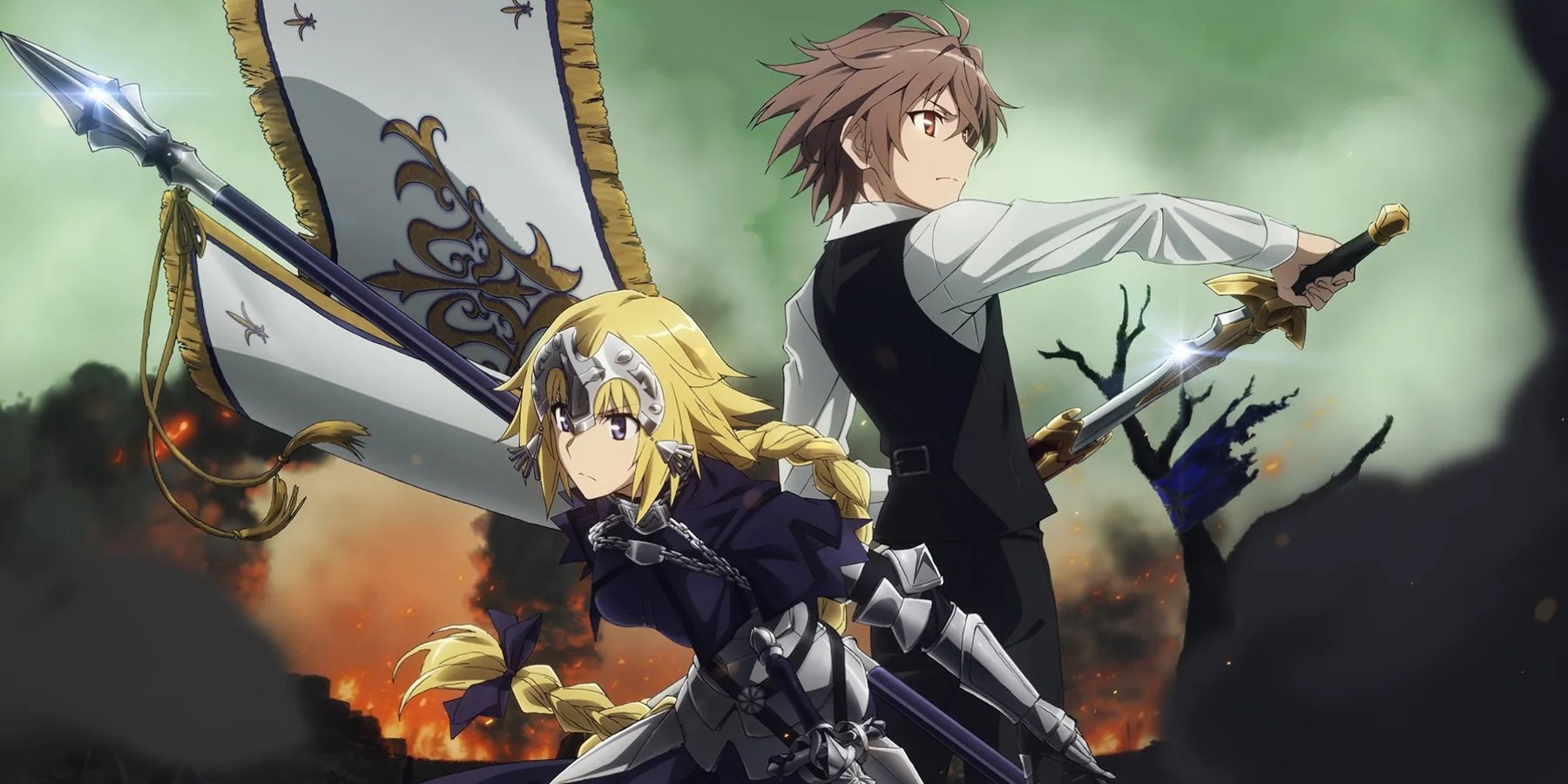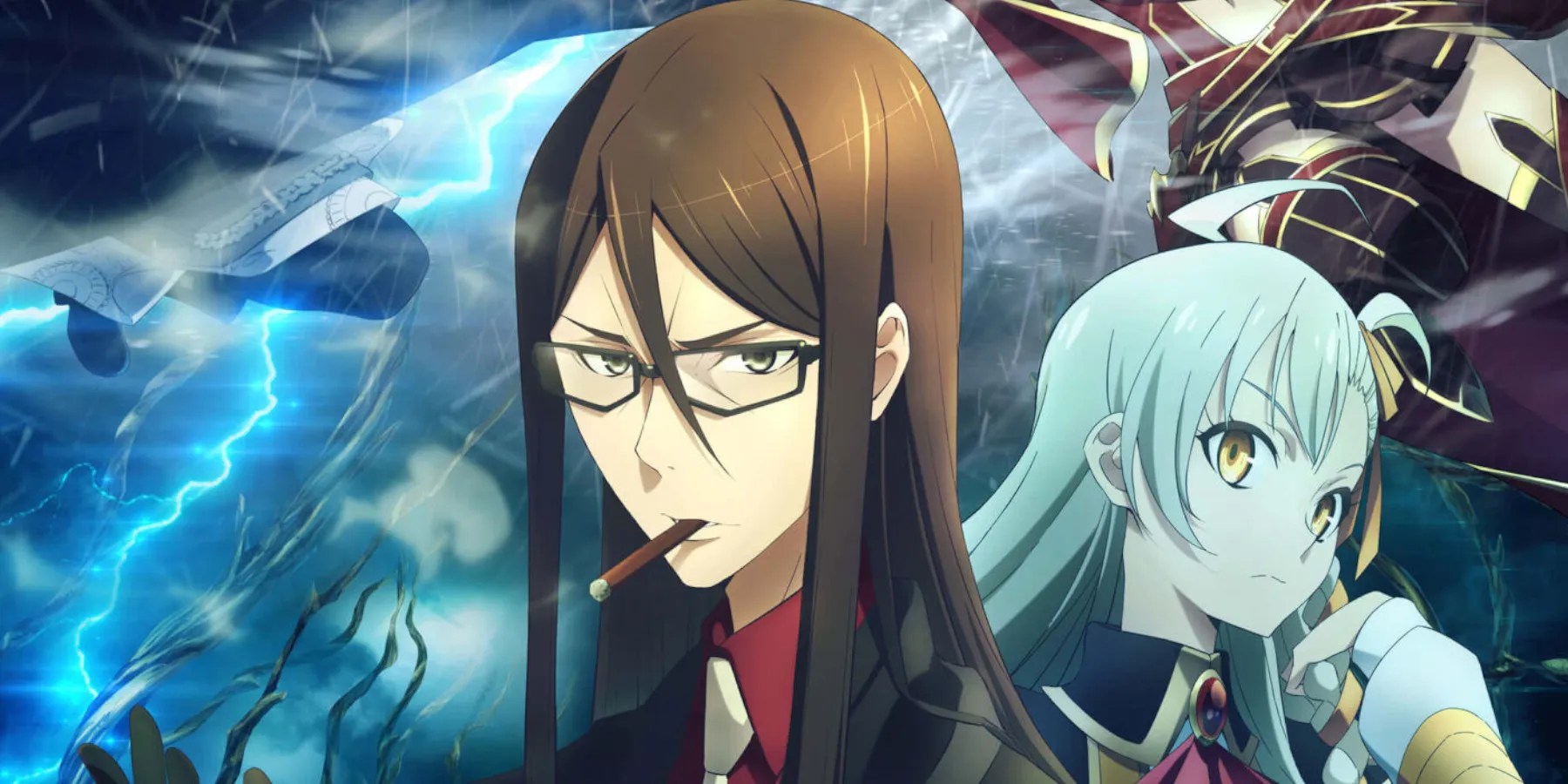Summary
Kinoko Nasu’s classic visual novelFate/Stay Nighthas spawned so many anime projects that one of the first hurdles when getting into the franchise is figuring out where to start. There are plenty of watch orders around the internet -we even made our own- but with so much to watch, it’s hardly feasible to suggest watching everything, much less in a specific order.
Fate/Stay Nightfirst came out in 2004, and in the time since it has spawned about 20 shows and movies, give or take a few specials or shorts. That’s not even counting other works by developer Type-Moon that take place in the same continuity and share lore and world-building elements - some of which predateFate, likeTsukihime.

The Watch Order Predicament
The utility of a watch order is clear: there’s a lot to watch and newcomers want to know where to start and in what order to navigate a potentially cumbersome narrative. Yet, while a good watch order might allow one to comprehend a series sufficiently, it operates under the assumption that the viewer will watch everything,which doesn’t negate the time commitment involved. Of course, that’s assuming that nothing was cut out, which isn’t always the case.
Watch orders are also about what is and isn’t worth watching, which is highly subjective. This is practically second nature to shōnen fans because of the prevalence of filler alone, though that has become significantly less of an issue with newer generations of the genre. Even if one cuts out the filler, though, there are still a lot of episodes to watch to get to whatever scene you saw online that made you search for a watch order in the first place.

Some might take a more radical stance. Life is too short to watch everything a person wishes to see as it is. If the barrier between the viewer and what they want to watch starts to feel like homework, then perhaps it’s easier to just watch what one wants to, preliminary materials be damned. The problem with this philosophy is that, often,the time commitmentisworth itand the journey can go a long way toward making the destination all the more satisfying.
So, if watch orders are just roundabout ways to get people to do the same amount of work and discounting them altogether can be deleterious to the engagement with the art, what’s the solution? The answer to that will vary for everyone, but if the goal is an investment over time, then one would imagine that an ideal watch order should be one built around an emotional throughline.

Furthermore, because there are so manyFatestories and affiliated Type-Moon works, there are likely many potential throughlines that - crucially - are not beholden to one another.WatchingFate/Apocryphadoesn’t makeFate/Stay Night: Unlimited Blade Worksmore or less meaningful. There’s realistically little connection between them, so why put them in the same watch order?
All of this has been to say that there is a different way to think about watch orders, and in the case of theFate Series, one realistically only needs to watch two of them at minimum. Those two in question areFate/ZeroandLord El Melloi II’s Case Files. As for why, not only do they convey a solid character arc, but as a combined package, they arguably equip new viewers for the rest of the franchise better than most.

The “Waver Order”
This is not to suggest that this is the one true viewing order. This is merely a guide in the service of tackling this franchise with a less rigid structure that’s more time-manageable. Plus, as far as introductions to a world go, 2011’sFate/Zerois as engaging as one can get. Written by Gen Urobuchi (Madoka Magica,Psycho-Pass),Zerowas directed by Ei Aoki and animated by Ufotable. It chronicles the Fourth Holy Grail War in Fuyuki, Japan.
Through its extended premiere, the show starts strong, establishing the rules and major players of the conflict, marrying the modern fantasy setting with a dark intrigue akin to a spy thriller. The de facto main characters are Kiritsugu Emiya and the most iconicFateservant, Saber, AKA Artoria Pendragon, or King Arthur. However, most fans who watch this show agree that one of the other masters,Waver Velvet, isone ofthe most interesting, if notthemost.

Waver is a young mage who yearns to be respected by his peers, but who finds himself underestimated on account of his magical bloodline, of which he is only the third generation. In Magus society, one’s lineage and the extent of the history therein are correlated to their power and status. He’s an underdog, which makes him easy to root for, but he’s also childish and doesn’t see the big picture, which makes him a great foil to his Servant Rider, AKA Iskandar.
Waver and Rider’s bond is a high point across both seasons of Zero; incredibly funny and equally heartfelt. As a bonus, Waver’s story informs the politics of the magical world in which he inhabits, namely the hierarchy and what traits are valued above all. Most people finishZeroand naturally assume they should jumpinto one ofFate/Stay Night’s adaptations, but stick with Waver a little longer, and the payoff is well worth it.
The first season ofLord El Melloi II’s Case Filescame out in 2019, eight years afterZero, and despite coming from a different studio (TROYCA), Aoki returns as director. Rather than following another Grail War, the show follows an adult Waver, who changes after his experiences in the war and is now a professor of Modern Magecraft Theory at The Clock Tower in London.
Now going by the nameLord El Melloi II, Waver teaches a peculiar and unruly class of young mages in-between solving magic-related mysteries. This culminates in an arc aboard the “Rail Zeppelin,”a train where powerful Mystic Eyesare auctioned off, and where a murder takes place. It’s effectivelyMurder on the Orient Expressby way ofHarry Potter.
Why This Order Works
The objective of this piece was to narrow the scope and ask what kinds of complete and meaningful stories could be encouraged through a minimal watch order. Simultaneously, the goal was to find one that equips new fans to watch whatever they want beyond these two shows with a solid understanding of the world and its concepts.
ZeroandCase Filestogether not only establish the Holy Grail War but add considerable character to the larger magical society beyond it that can often fade into the background of popularFatestories. It even presents things like Mystic Eyes, which are a huge part ofTsukihimeandthe Garden of Sinners, but it even introduces memes like the concept of a “Saber Face.” This order serves as a nice launch pad for everything related toFate.
Sadly, this watch order cannot guarantee thatFate/Grand Orderwill ever make sense in animated form, but this was never meant to be the be-all-end-all. It was only last month that we wrote aboutUBWand how it works so wellas a follow-up toFate/Zero. Consider this just one more watch order to consider before diving into theFate Series, one of the coolest modern fantasy franchises out there. Most of all, just remember to have fun.
MORE:You Don’t Know This Anime Sound Designer, But You’ve Heard Him